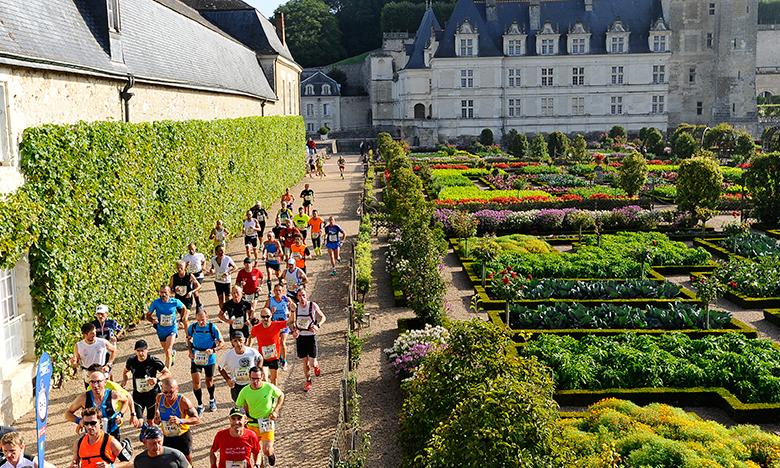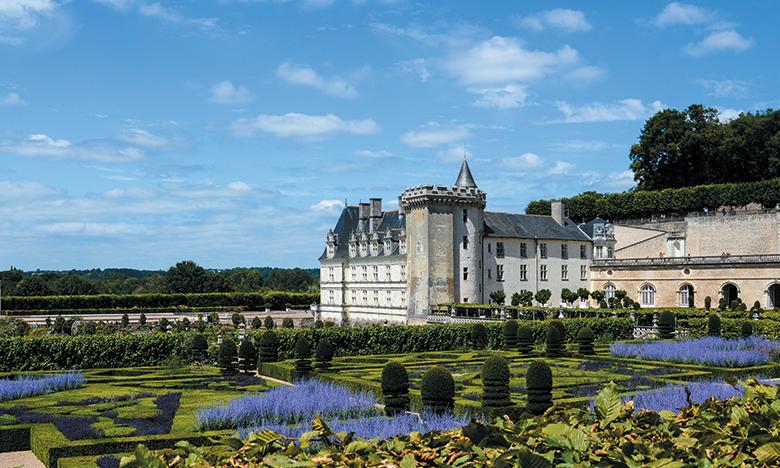TOURS – www.tours-tourism.co.uk
Throughout the Loire Valley included in the UNESCO World Heritage Site, three things prevail: castles, gardens and wine. The city of Tours has all of that (it’s part of the third largest wine region in France), plus more. First, there’s the outstanding medieval architecture of one of the country's best-preserved half-timbered old towns. Then there’s great religious importance, as Tours is the final resting place of Saint Martin, patron saint of France. And finally, there’s the food: As a Cité Internationale de la Gastronomie, Tours knows how to cook, eat and celebrate food! After just a day, every new visitor does too.
Fun Fact
In the garden of the Palais des Archevêques (now the Musée des Beaux-Arts), aka Jardin François Sicard, is a huge cedar tree said to have been planted by Napoleon, as well as an alcove with a stuffed elephant who escaped from a circus and had to be shot.
Significant Site
Vieux Tours: one of the best-preserved medieval districts in France, with many half-timbered buildings and the busy Place Plumereau
Extraordinary Exhibit
Musée des Beaux-Arts: a little bit of everything in this fine arts museum, from Rubens to Rembrandt and Mantegna to Monet, located in the former Palais des Archevêques,
Delectable Delights
rillettes: meat cooked in fat until tender, then shredded and cooled to form a delicious paste
Touraine wines: part of the third largest wine region of France, with whites (sweet, dry and bubbly) like Vouvray and Montlouis, rosés like Noble-Joué and Chinon rosé, and reds such as Chinon, Bourgueil and Saint-Nicolas-de-Bourgueil
Legendary Local
Olivier Debré: an abstract painter of color fields of the Post-War period
Also in the Area
Amboise: once home of the French royal court and still location of King Francis I’s castle, as well as the Clos Lucé manor house (and now museum) where Leonardo da Vinci lived and died
Château de Chenonceau: a lovely river-spanning, 16th-century castle whose gardens have been walked by some of France’s most powerful royal women
Chåteau d'Azay-le-Rideau: set on an island in the middle of the Indre river, this picturesque castle is a foremost examples of early French renaissance architecture
Access from Paris
by road: about 2 h 30 min (150 miles) via the A10 autoroute l'Aquitaine
by train: about 1 h 10 min by TGV from the Gare Montparnasse
For more about what to see and do in and around Tours, including on the “Design & Romance” itinerary, visit www.topfrenchcitybreaks.com.



